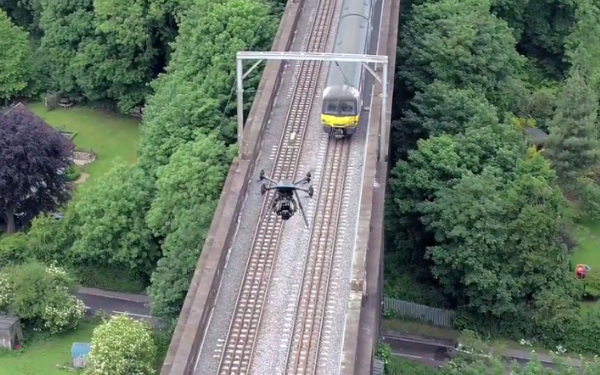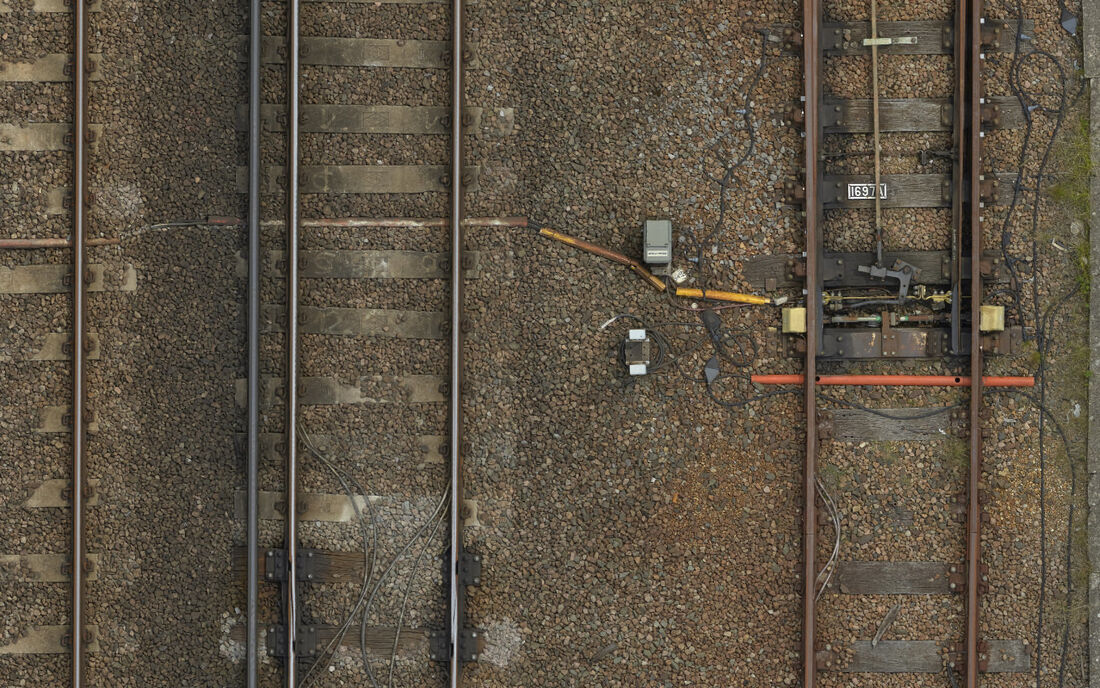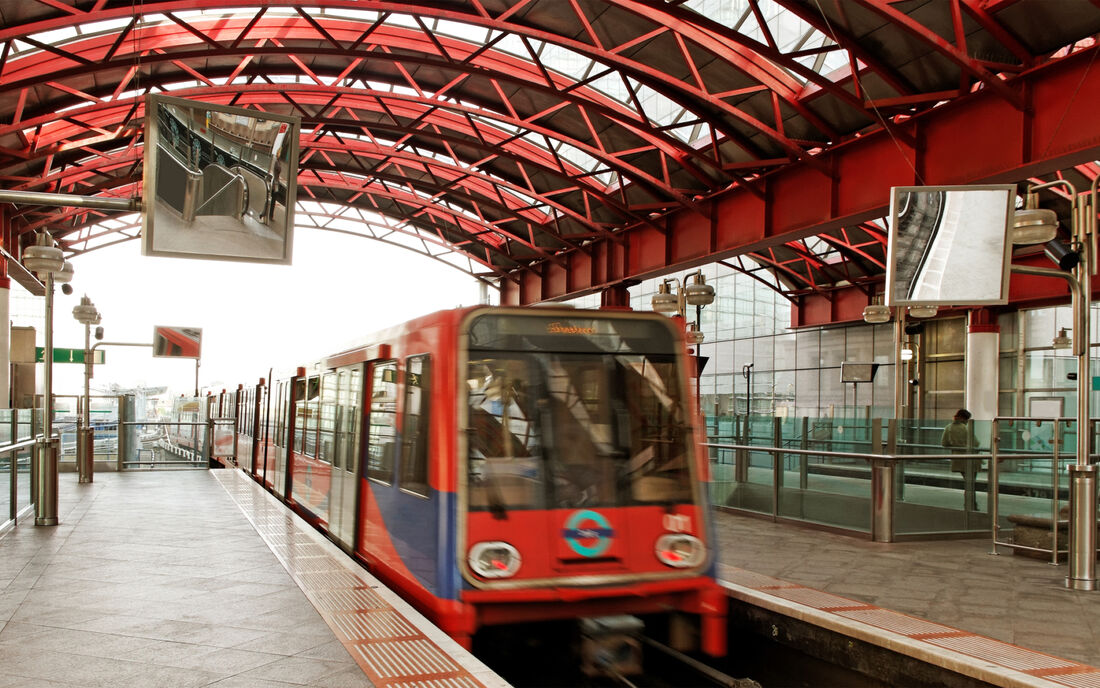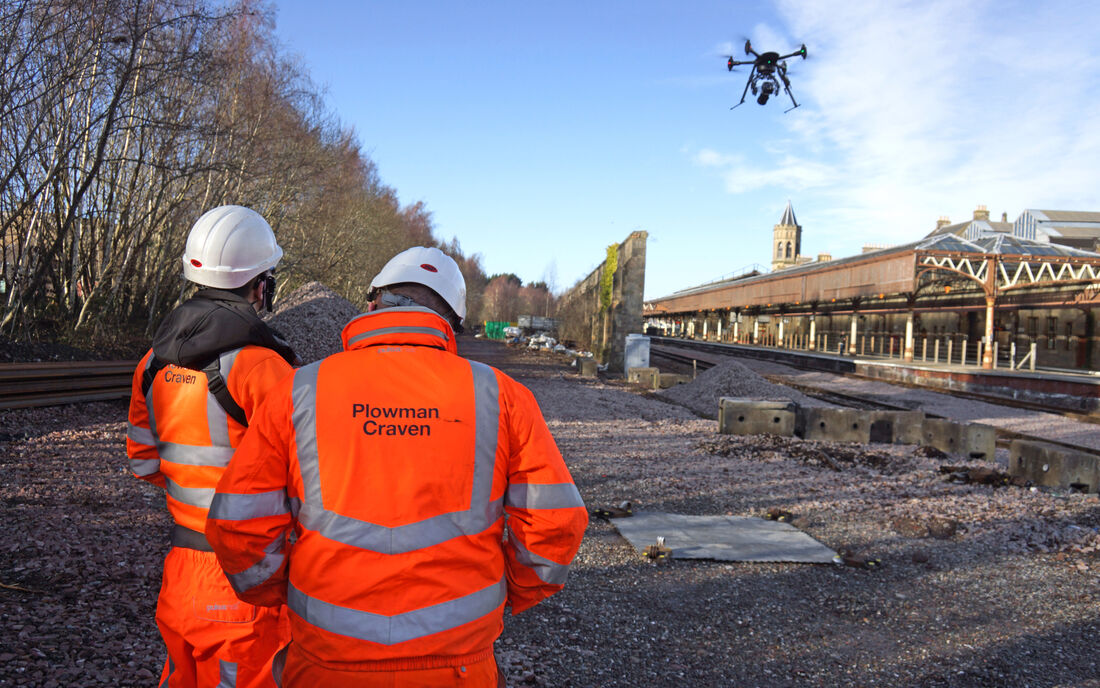Unlocking Rail Safety and Efficiency with Drones and Photogrammetry
In this article, Neil explores how drones enhance rail surveying, improve safety, elevate passenger experience, and offer a richer source of insight.
Read on to learn more how UAV's are providing a fresh perspective to maintenance engineers conducting visual inspections.
Share this page
What is Photogrammetry?
Photogrammetry is a scientific technique of obtaining reliable information about physical objects and the environment through the process of recording, measuring, and interpreting photographic images. In simpler terms, it involves capturing images and stitching them together to create a digital model of the physical world.
Think of it like assembling a jigsaw puzzle, where each captured image serves as a puzzle piece that contributes to the whole. The technique can be used to create 2D or 3D models which are so incredibly precise that exact measurements and dimensions can be extracted from it, making it invaluable in many industries, including the railway.
Drones, equipped with cutting-edge photogrammetry technology, deliver huge benefits to the rail industry. These unmanned aerial vehicles (UAVs) provide a fresh perspective to maintenance engineers conducting visual inspections and provide a provide all stakeholders with a range of new tools to accurately collect critical track data efficiently and safely.
1. Enhanced Surveying
Traditional rail surveying methods involve manual measurements, ground-based equipment, time-consuming processes and undoubtedly a railway “possession”.
Whilst these solutions are sometimes the “only fit”, drones change the game by capturing high-resolution aerial imagery without the need to interrupt rail services.
The benefits of UAV include:
- Speed: Faster access to site is probable given that a possession is not required. Access to early survey engagement highlights issues quicker, allowing a shorter overall programme.
- Accuracy: The drone is an instrument for the job, its ability to provide precise and repeatable measurement data can lead to more effective maintenance of the “P-way” assets.
- Cost-effectiveness: In addition to cost savings relating to shorter programme times, smaller survey teams are often much more cost-effective than a traditional manual survey approach.

2. Safety Improvements
Drones enhance safety in several ways:
- Inspection: Drones visually inspect difficult to reach assets like track, bridges, structures and tunnels, and identify defects without risking human lives.
- No “Boots on Ballast”: Being able to survey without a railway possession means keeping the workforce off the track and out of harm’s way.
- Earlier interventions: Digital models are more easily interpreted by machine learning software to create greater insight, raising issues to the engineer’s attention earlier.

3. Passenger Experience
Passengers benefit indirectly from drone-enabled rail improvements:
- Fewer interruptions to service: with inspections capable of being handled without accessing the track, rail services are less frequently impacted.
- Faster Repairs: Drones identify track defects promptly, enabling timely intervention to issues and minimise disruptions and delays.

4. Insights and Decision-making
Drones with photogrammetry provide valuable insights for rail operators and planners:
- Asset Condition Management: Regular drone surveys of the same area can track changing asset condition over time, aiding maintenance schedules and budgeting.
- Asset Recognition: Using photogrammetry, models can be used alongside other tools such as object recognition, allowing a solution to recognise P-way assets like track, pandrol clips and other assets. Recognising those assets and detecting change within them is useful to surface insight to the maintenance engineer. E.g. a bolt head that has turned since its last inspection, or a pandrol clip that has shifted position since the last inspection.
- Environmental Impact: Drones can also be used to assess change in vegetation growth near tracks, identifying overgrowth that could pose a safety risk.

Conclusion
Drones and photogrammetry are more than buzzwords; they’re part of a wider toolbox the railway industry has access to, and they are essential for the modern railway. By embracing this technology, the railway industry can enhance safety, streamline operations and create a better experience for passengers. As the rail industry continues to evolve, drones will play a pivotal role in shaping its future.
Remember, the sky’s not the limit - drones can take the railway to new heights!
Feel free to explore further or get in touch if you have any questions!

